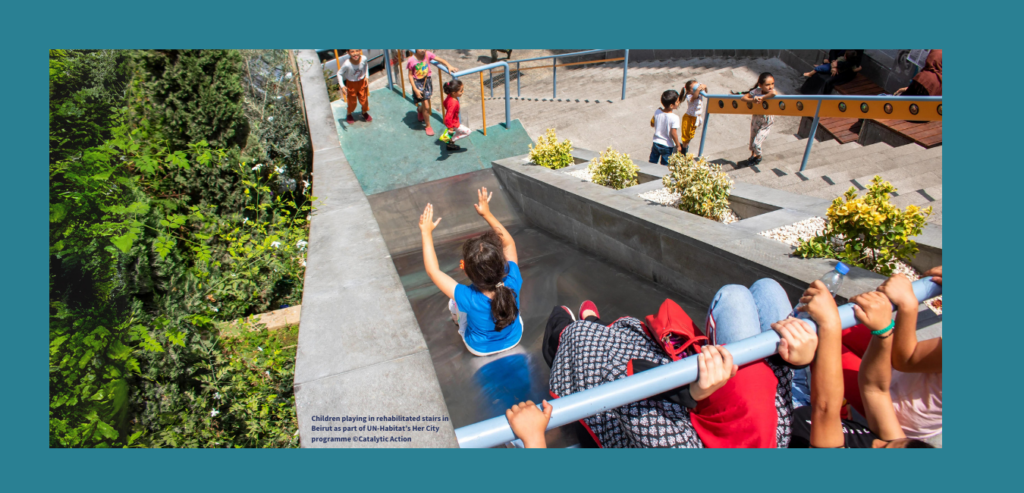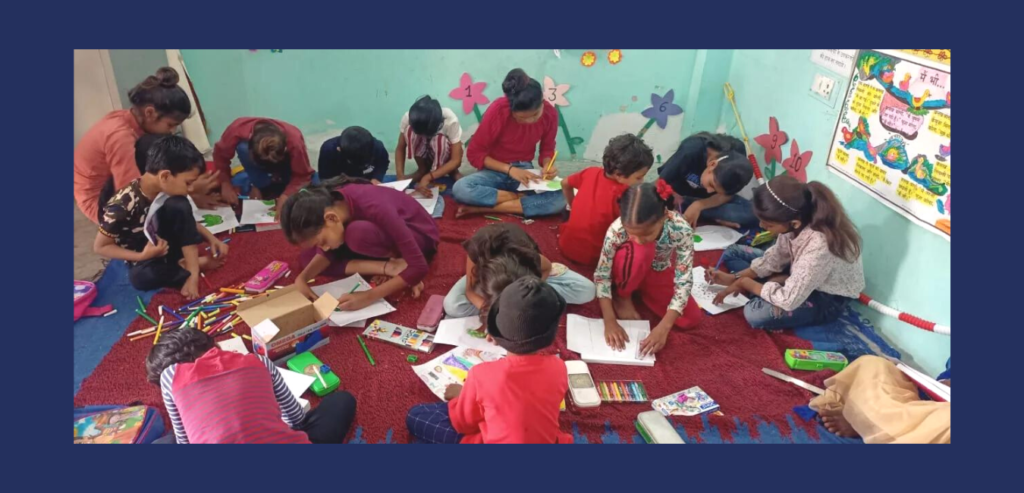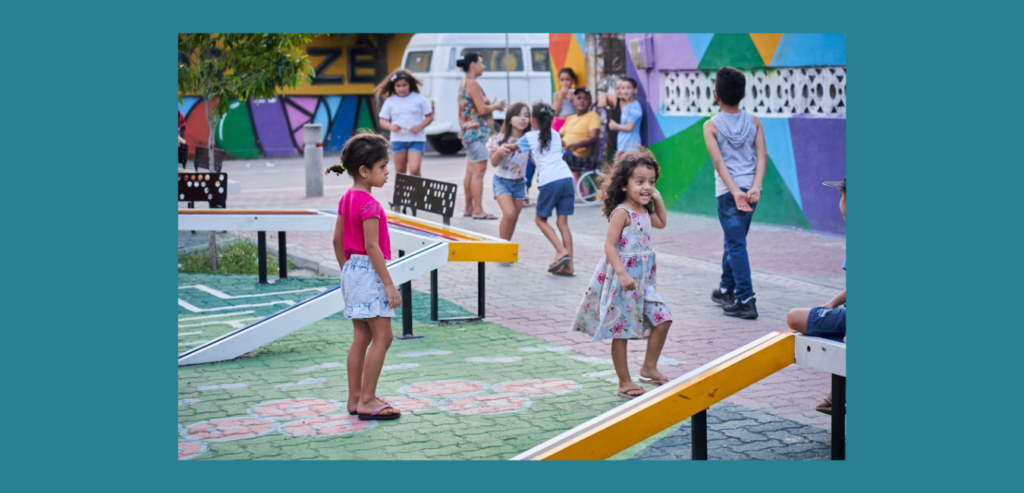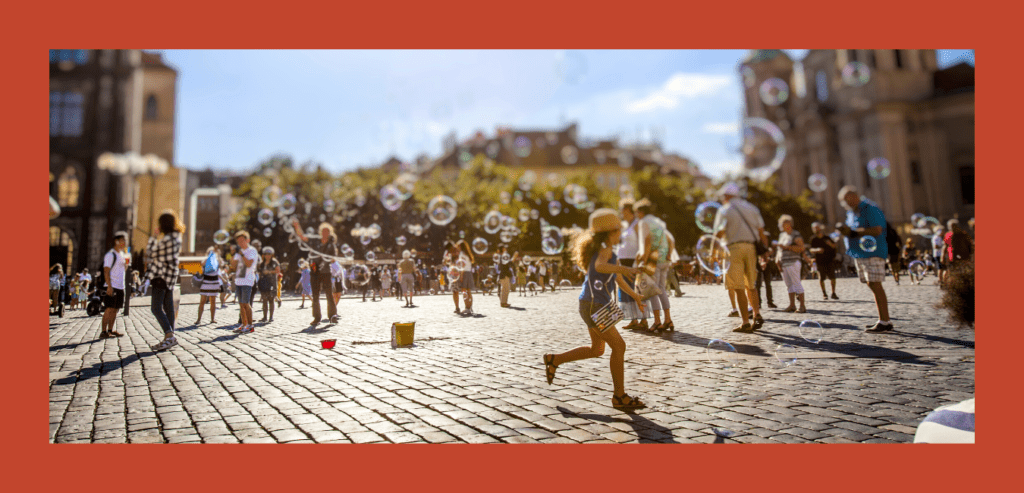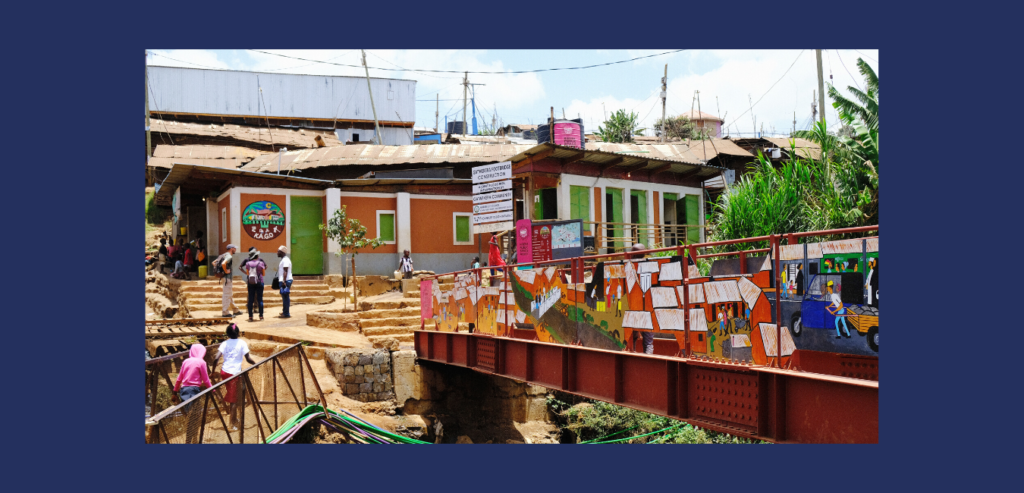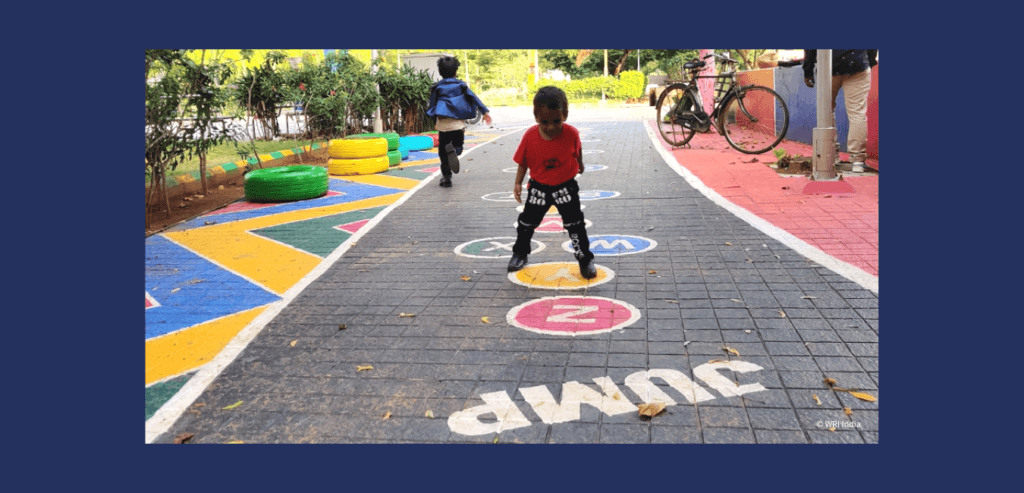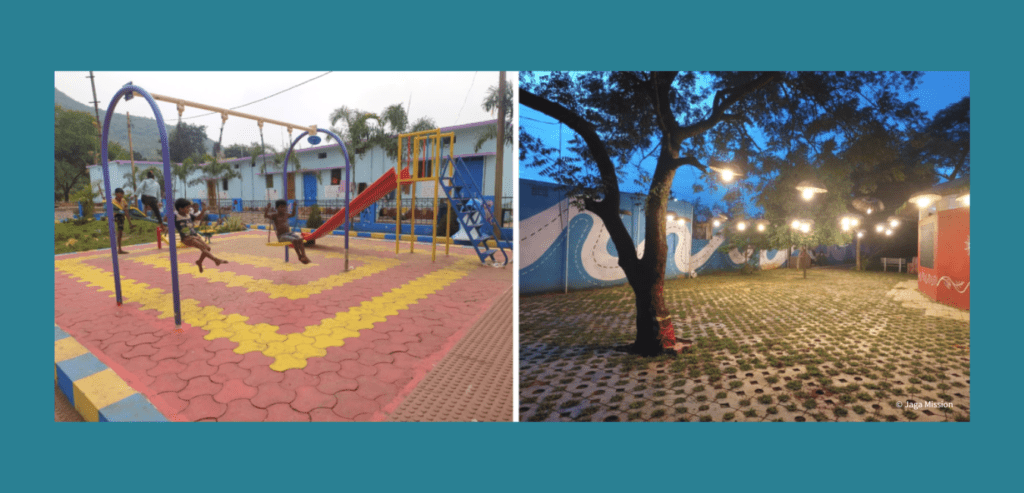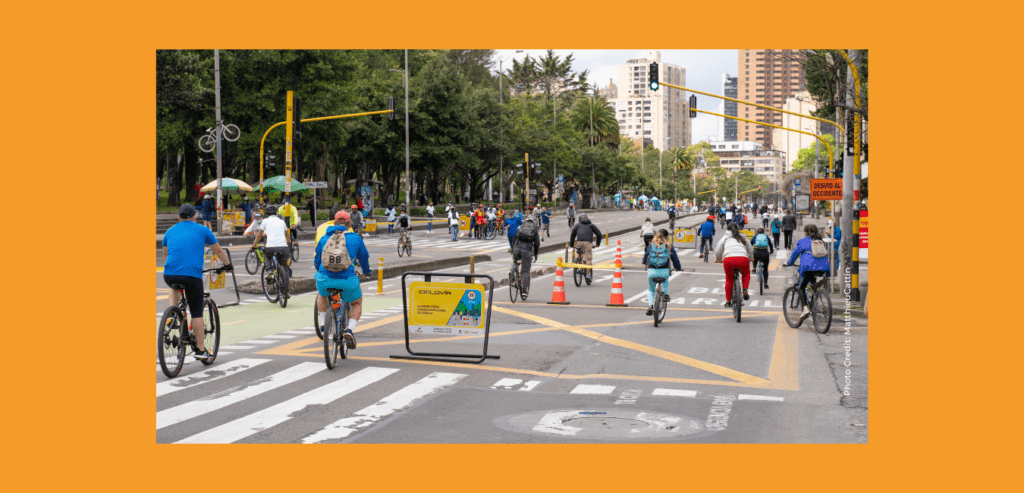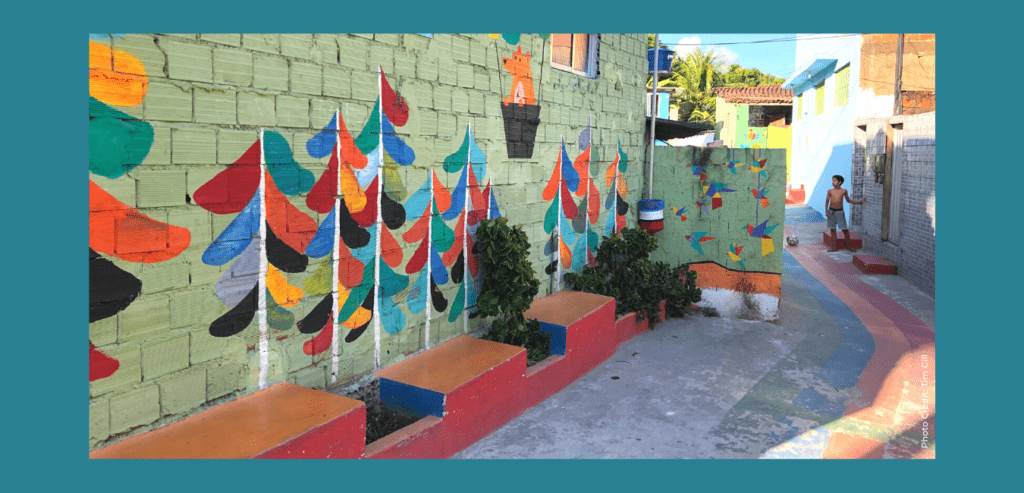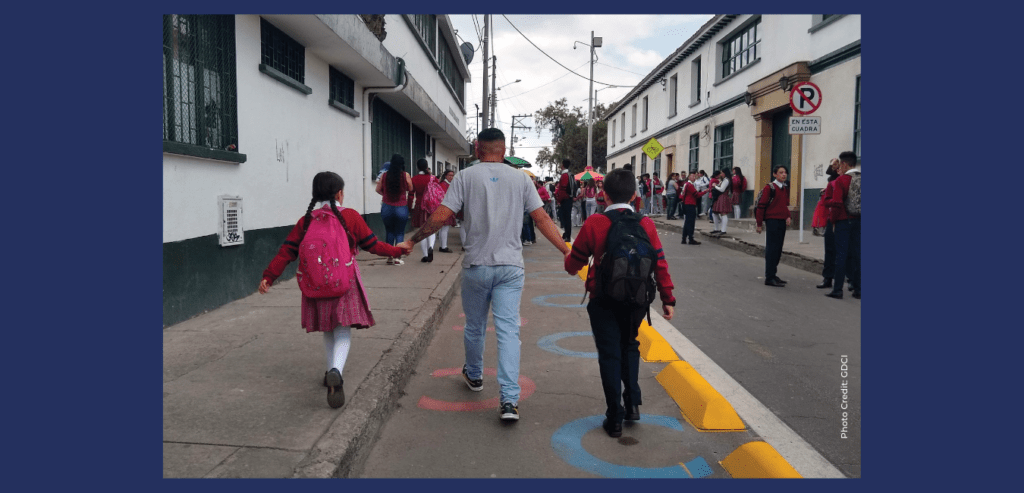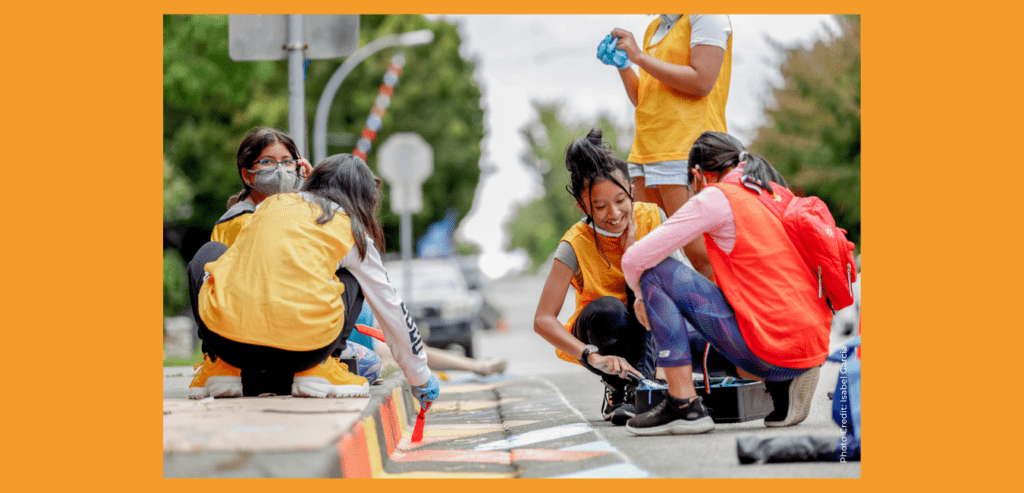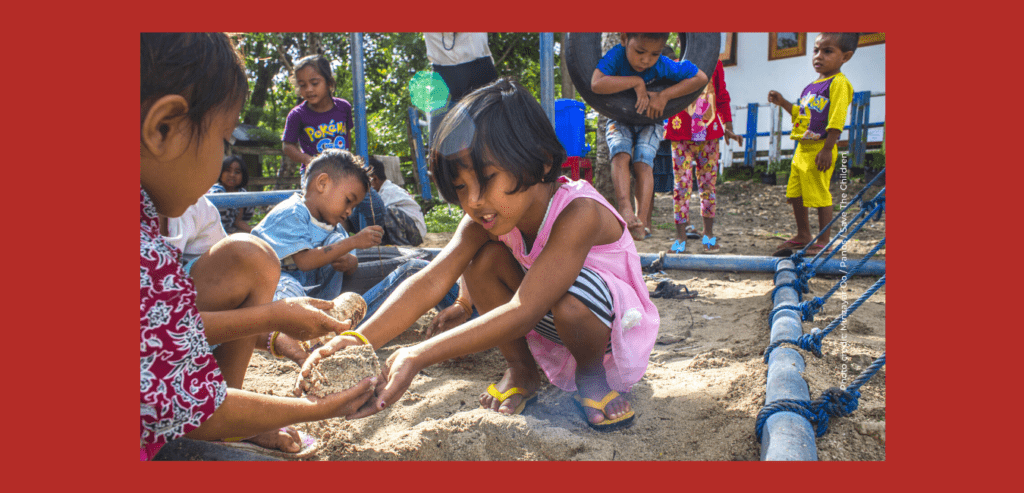Urban Hub Team at Save the Children International, December 4, 2023, 8 min
Public spaces are crucial for children’s holistic development and wellbeing. Our new blog series showcases how public spaces can be made better for children. Using global examples from Cities4Children members and other initiatives, our aim is to spotlight ideas for action, innovation, programmes, policies and practice that make public spaces child friendly. Why are public Read more →

